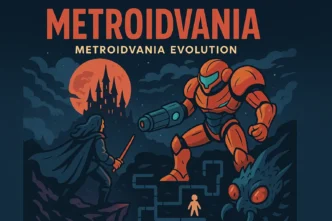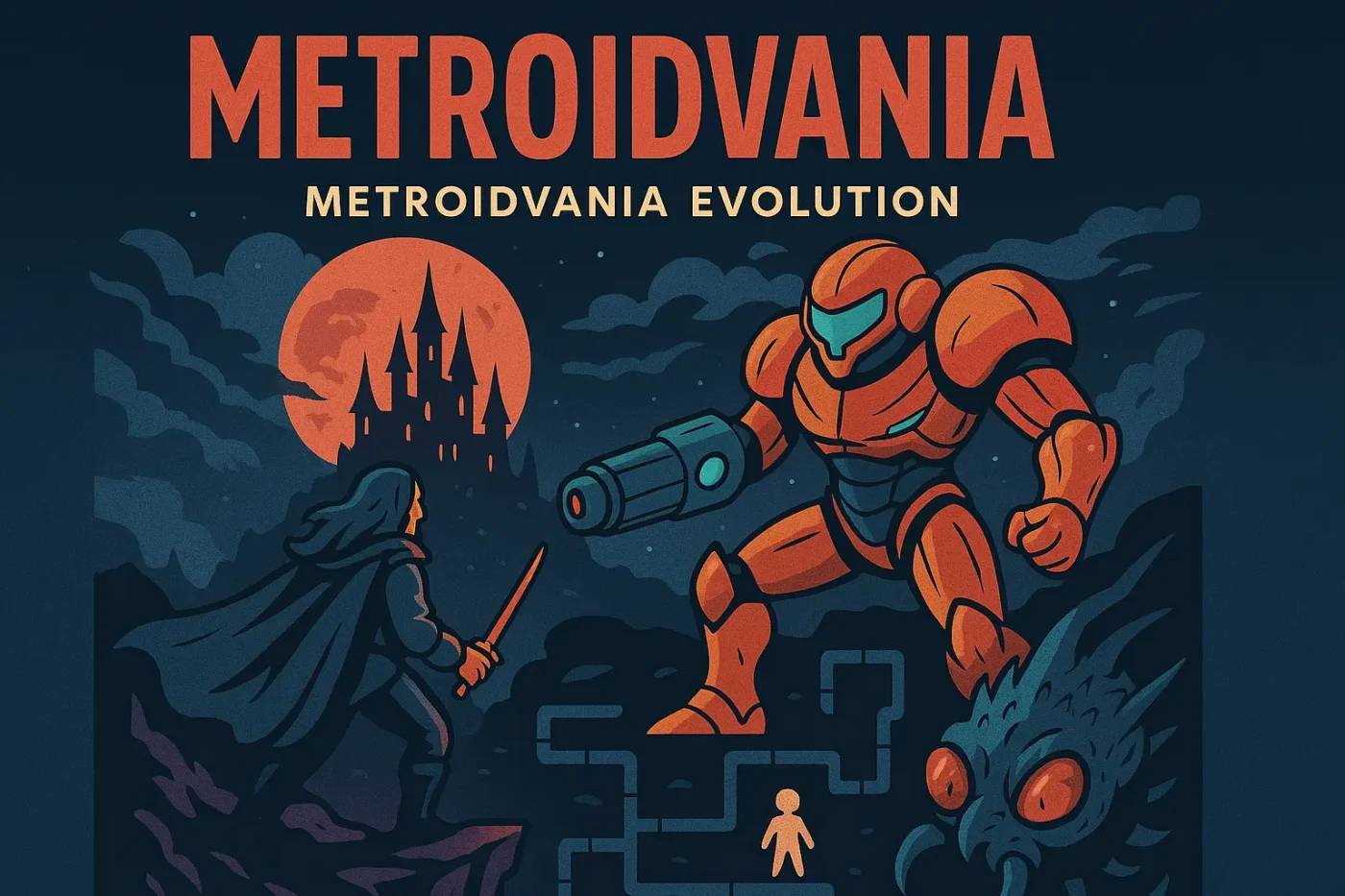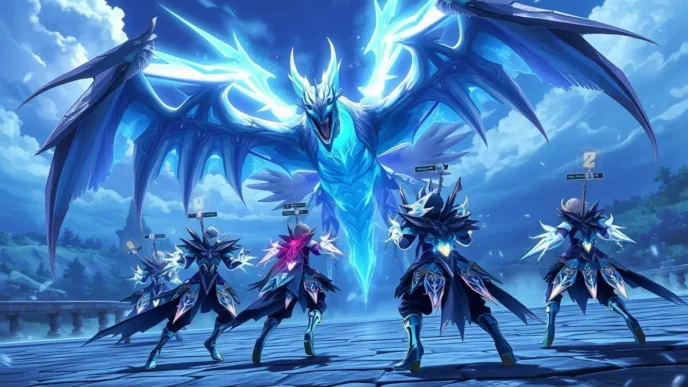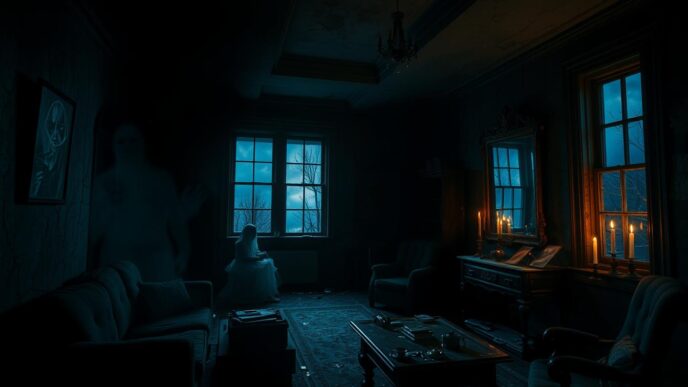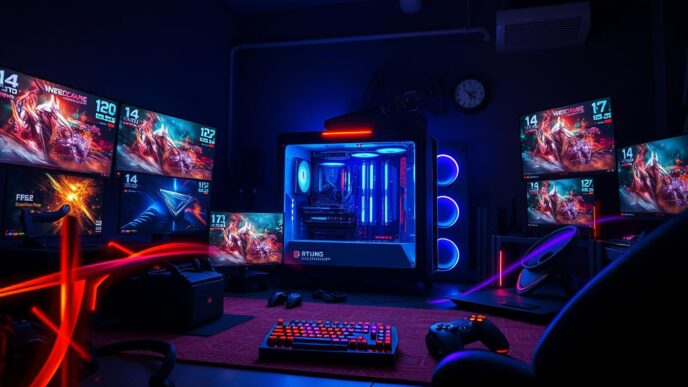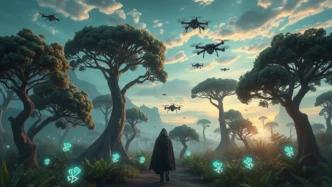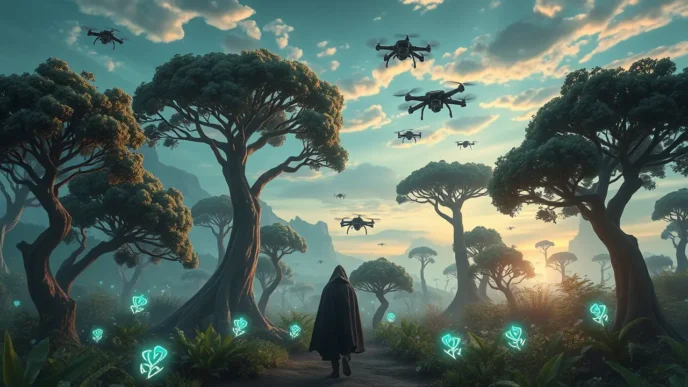Introduction
Since the 1980s, over 500 unique metroidvania games have been released. Modern hits like Hollow Knight and Ori and the Blind Forest have sold over 10 million copies together. This shows how much people love this genre.
Metroidvania games mix exploration with skill-based progress. Players unlock new areas by mastering abilities. The genre started with Nintendo’s Metroid and Konami’s Castlevania series.
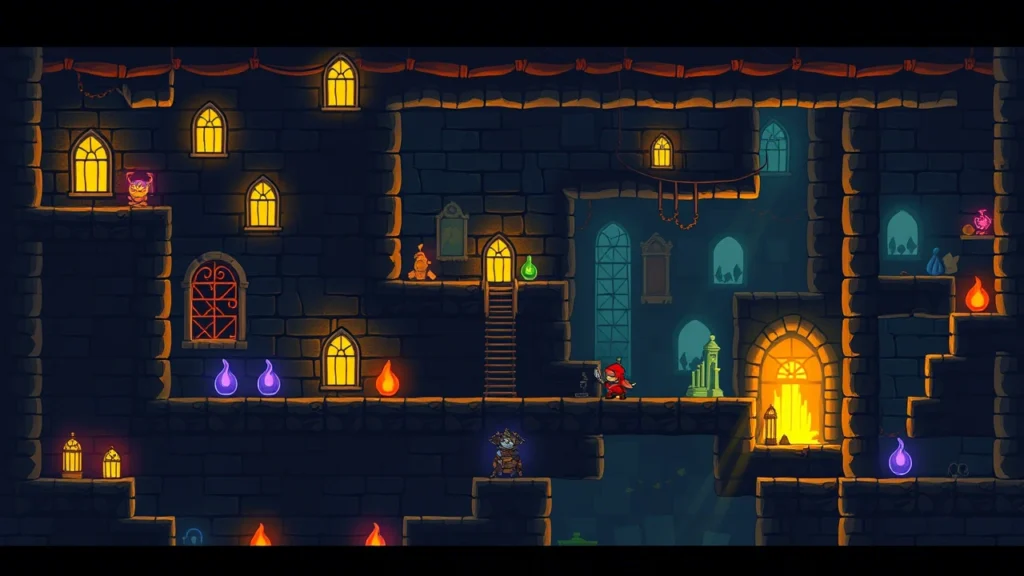
These games create worlds where every corner has secrets. They turn maps into puzzles, not just paths to follow.
The evolution of metroidvania games shows a big change. From old consoles to new indie studios, the genre has grown. It focuses on player choice and storytelling, staying popular for decades.
Table of Contents
Key Takeaways
- Metroidvania games prioritize exploration over linear storytelling.
- The genre originated from 1980s classics like Metroid and Castlevania.
- Over 500 metroidvania games exist, with modern titles selling millions.
- Core mechanics include locked areas, power-ups, and revisiting spaces.
- Indie developers revived the genre in the 2010s through digital platforms.
Origins of the Metroidvania Genre
The Metroidvania genre started with two groundbreaking games. These games changed how we play adventure games. They introduced open worlds where players can unlock new abilities.
The Birth of Metroid (1986)
Nintendo’s Metroid (1986) was a game-changer. It let players control Samus Aran in a vast alien world. They could collect weapons and suits to unlock new paths.
This game’s design allowed players to explore and backtrack with new gear. It showed how important player choice is in games.
Castlevania: Symphony of the Night’s Contribution (1997)
Konami’s 1997 game, Castlevania: Symphony of the Night , changed the series. It made Alucard, the protagonist, level up and explore a huge castle. This game mixed Metroid’s backtracking with RPG elements.
Its success showed that this formula could work across different games. It set the stage for future Metroidvania games.
How the Term “Metroidvania” Was Coined
In the early 2000s, gamers started calling these games “Metroidvania.” They combined the names of the two franchises. This term described games that focus on exploration and unlocking new abilities.
Games like Axiom Verge and Hollow Knight fit this description. They show how these ideas have created a unique genre. This genre is all about discovery and growth.
What Makes a Game a Metroidvania?
Metroidvania games are all about mixing different mechanics. They don’t follow a straight path. Instead, they offer worlds where every spot has a secret. There are four key things that make up the genre:
Non-Linear Exploration
In metroidvania games, you get to choose your own path. As you gain new abilities, you can go back to places you’ve been before. Hollow Knight is a great example. With new wings or spells, you can find paths you missed before.
Ability-Based Progression
Power-ups in these games are more than just upgrades. They open up new areas to explore. In Axiom Verge, the grappling hook lets you reach high places. Ice beams can freeze things, making paths clear.
Interconnected World Design
The world in these games is connected in a special way. In Ori and the Blind Forest, new paths open up after you get the dash ability. This makes the map grow and change as you play.
Character Growth and Power-ups
As you explore, your character gets stronger. Dead Cells adds a twist by combining this with roguelike elements. Each time you die, you start over, but you keep your upgrades.
| Feature | Example Game | Mechanic |
| Non-linear paths | Castlevania: Symphony of the Night | Expansive castle layout with revisitable zones |
| Ability unlocks | Shadow of the Colossus | Combat upgrades enabling boss strategy shifts |
| Interconnected zones | Blasphemous | Religious iconography-themed shortcuts |
| Progression loops | Eastward | Weapon upgrades reshape traversal and combat |

The Foundational Metroidvania Games of the 1980s and 1990s
Early 2d metroidvania games turned limitations into innovation. Games like Metroid and Symphony of the Night are well-known. But, games like Wonder Boy III: The Dragon’s Trap (1988) also played a big role. This Sega game allowed players to change into different forms, changing how they explored.
- Wonder Boy III used transformations to unlock paths, merging combat and exploration.
- Gimmick! Gimmick! Gimmick!! (1989) required players to collect items to bypass obstacles in maze-like stages.
- Mega Man X (1993) introduced wall-jumps and dynamic stage layouts, expanding movement possibilities.
Hardware limits pushed creators to be creative. 8-bit and 16-bit systems forced them to design levels carefully. Every pixel had to count. Designers made games replayable by adding hidden paths and skill-based progression.
The Dragon’s Trap’s dungeons needed revisiting with new abilities—a key idea today.
These games showed that technical limits can spark creativity. Modern games like Eastward and Blasphemous still draw from this era. Early games combined tight design with player choice, setting the stage for future exploration-focused games.
Super Metroid: Perfecting the Formula
Super Metroid (1994) is a top example of metroidvania evolution. It improved key elements that make the genre great. The game mixed freedom and structure perfectly, offering a unique exploration experience.
Its impact on the genre is huge, thanks to three major innovations. These changes shaped how games in this genre are made today.
Map Design Innovations
Super Metroid’s maps were full of color changes and dangers. This helped players find their way without needing clear directions. Areas like the Watery Hall and Maridia showed off the game’s world, making exploration fun and easy.
This design became a model for future games. It showed how to make games both challenging and easy to navigate.
Environmental Storytelling
- Zebes’ environment tells Samus’s story through its decay. You see crumbling bridges and lava flows.
- Enemies and items tell Samus’s emotional journey. Early enemies are weak, but the final Metroid hatchlings are tragic.
This way of telling stories showed that games can tell deep stories without words.
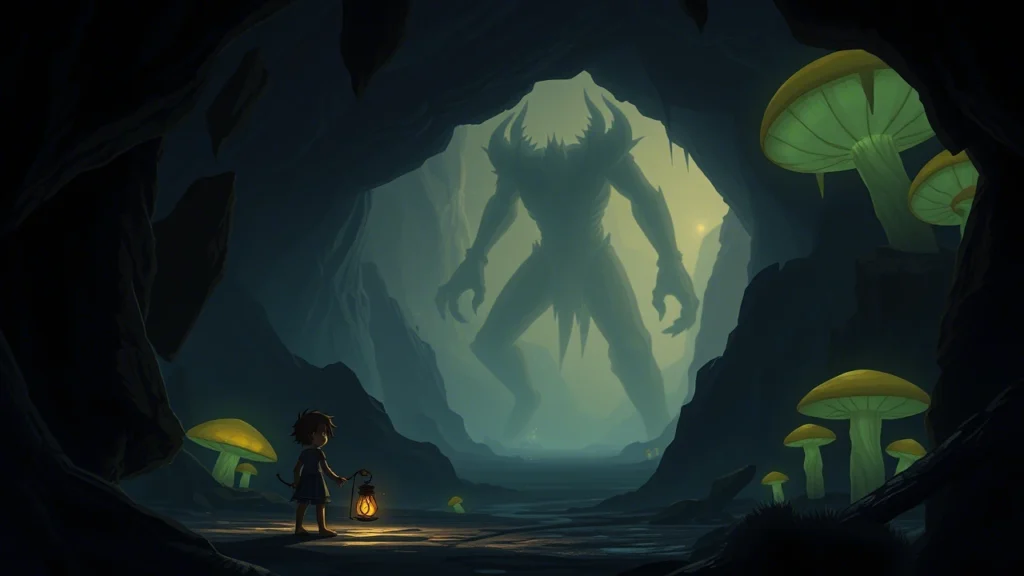
Sequence Breaking and Speedrunning Culture
Players found secret ways to play the game, creating a speedrunning community. These discoveries were once seen as bugs, but they added depth. Now, game makers design games that encourage exploration and creativity.
Super Metroid’s influence is still felt today. It shows how to balance design and player creativity, a key part of metroidvania evolution.
Castlevania Evolution: From Symphony to Aria
Koji Igarashi’s work in Castlevania metroidvania games changed how we explore. His games, starting with Symphony of the Night, mixed RPG elements with non-linear stories. They showed how to blend character growth with mastering the environment.
RPG Elements and Character Builds
Symphony of the Night brought stats, equipment, and leveling to the series. Later games like Aria of Sorrow and Lament of Innocence added more. They let players create unique characters, balancing fighting and exploring.
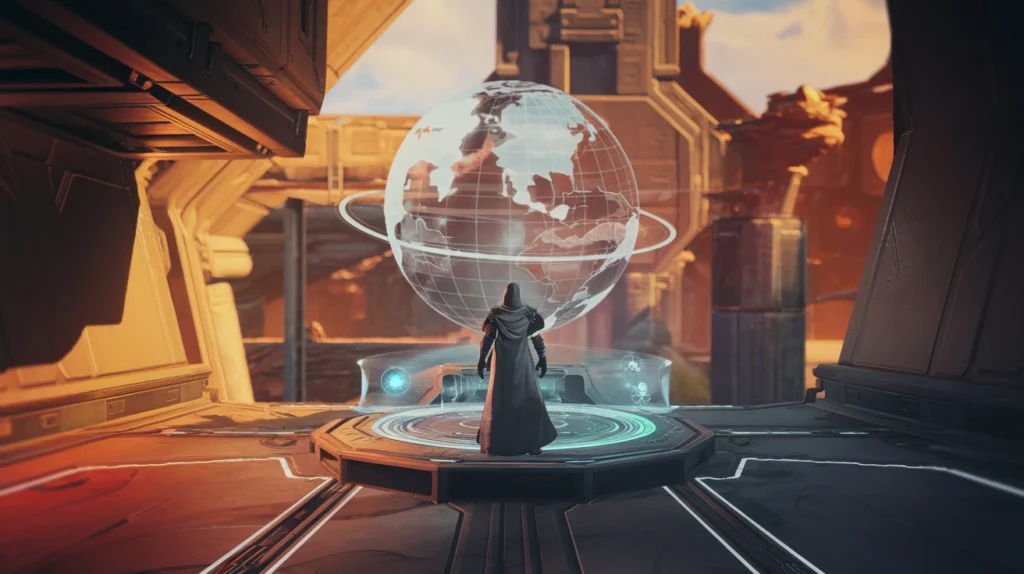
The Igavania Era
After Symphony, Igarashi’s games set the stage for the “Igavania” era. Games like Curse of Darkness and Order of Ecclesia introduced new features. They kept the Metroidvania style but added RPG elements.
Unique Gameplay Mechanics in Each Title
- Dawn of Sorrow : Tactical soul collection for spellcasting and weapon upgrades
- Portrait of Ruin : Dual-character switching with Alucard and Shanoa
- Order of Ecclesia : Glyph magic system altering attack patterns and puzzles
Each game in the series improved its mechanics. But they never forgot the core of the genre. This kept the series exciting and true to its roots.
The Indie Revival of 2D Metroidvania Games
In the 2010s, indie developers brought back the charm of 2d metroidvania games. They mixed old-school design with new ideas. Thanks to Steam and Itch.io, their work reached fans worldwide.
Tools like GameMaker and Unity made it easier for them to create. This allowed them to focus on making detailed worlds. They concentrated on exploration and how players progress.

Indie 2d metroidvania games revolutionizing design
| Game | Innovation |
| Axiom Verge 2 | Retro sci-fi storytelling with combat upgrades |
| Eastward | Retro pixel art with Cold War-inspired lore |
| Grime | Dark fantasy aesthetics and fluid combat |
These games combined 2d metroidvania with RPGs and roguelikes. For instance, Dead Cells mixed roguelike death with open exploration. The indie scene also made games more accessible.
They balanced precise controls with complex levels. This showed that small teams could match big studios in creativity and influence.
Cave Story and Shadow Complex: Bridging Eras
Two games changed the path of metroidvania games by mixing old charm with new twists. Cave Story and Shadow Complex showed that games focused on exploration can still be great today. They kept the core fun without losing the essence of the genre.
Independent Development and Innovation
Cave Story started as a solo project and became a leader in indie metroidvania games. Daisuke Amaya created it in 2004, blending action-adventure with deep stories. It was free and had old-school style, showing that small teams can set new standards.
The game’s secret areas and hidden items set new standards for future games.
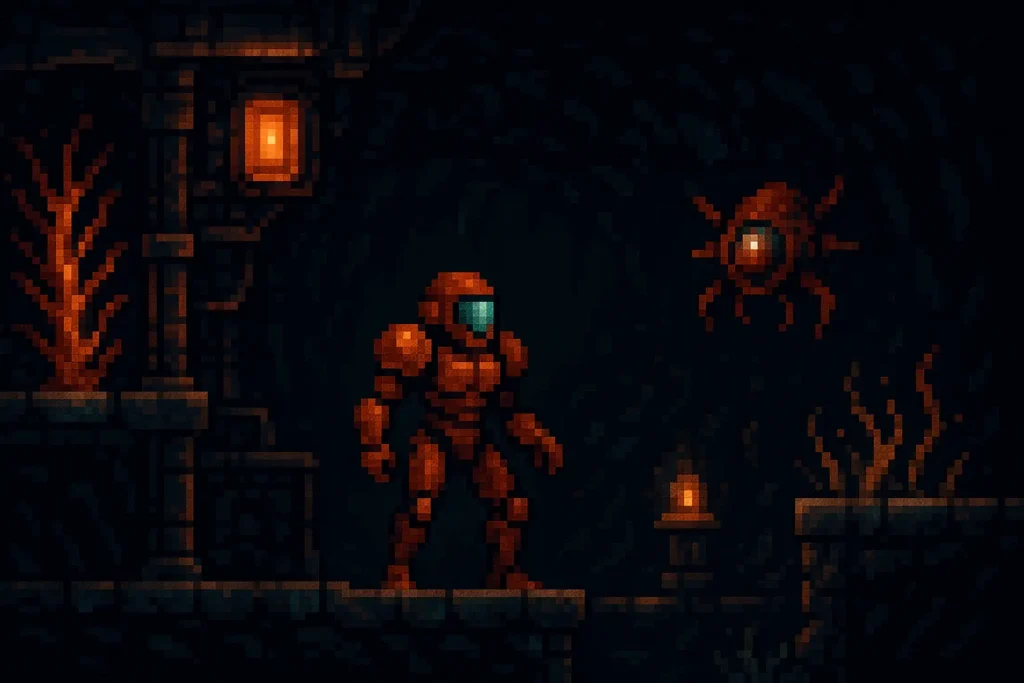
Modernizing Classic Formulas
Shadow Complex (2009) updated the genre for modern platforms. Chair Entertainment used 2.5D graphics and touch controls for smartphones and consoles. It kept the exploration feel but added new combat, mixing old and new.
Digital Distribution’s Impact on the Genre
Digital stores like Xbox Live Arcade and iOS App Store helped these games reach more people. They let developers connect directly with fans. This change made it easier for metroidvania games to find their audience, proving their lasting appeal.
Best Metroidvania Games of the Modern Era
Modern games have changed the Metroidvania genre. They mix new ideas with old favorites. These titles show the genre’s power through new mechanics, stories, and designs. They are now considered the top Metroidvania games.
Hollow Knight’s Atmospheric World
Hollow Knight takes you through a dark, vast world. Its simple story and tough challenges make it stand out. The game’s map and combat are top-notch, making it a favorite.

Ori and the Blind Forest’s Emotional Journey
Ori and the Blind Forest uses beautiful pixel art and a touching story. Its platforming and puzzles are part of a deep emotional journey. The sequel, Ori and the Will of the Wisps, also shows the game’s emotional side.
Axiom Verge’s Retro-Futurism
Axiom Verge combines old-school looks with sci-fi. It has unique powers and a non-linear upgrade system. Its mix of old and new makes it a highlight of the genre.
Dead Cells: Roguelike Meets Metroidvania
Dead Cells mixes permanent upgrades with random levels. It offers fast, intense gameplay. Its unique blend of rogue and Metroidvania elements makes it a top choice.
How 3D Games Adopted Metroidvania Principles
The metroidvania evolution into three dimensions changed the game. Titles like Metroid Prime mixed first-person views with puzzles. Players got upgrades to explore new areas, making 3D games more complex.

3d metroidvania evolution
Games like Batman: Arkham Asylum combined fighting with skill upgrades. Unlocking gadgets like the grapple hook opened new paths. The 2013 Tomb Raider series added platforming and skill upgrades, allowing players to go back and improve.
- Navigation challenges : 3D perspectives risked disorienting players in vast environments.
- Orientation tools : Maps and landmarks became critical to preserve exploration’s core.
- Progression balance : Abilities had to feel earned without locking off regions permanently.
Developers used verticality to create connected maps, inspired by Super Mario 64. The metroidvania evolution also saw new genres like Hollow Knight and Dead Cells. These games show how the genre can grow and stay true to its roots in 3D.
The Global Impact of Metroidvania Games
Metroidvania games connect cultural stories with new gameplay ideas. Japanese developers are known for their precise mechanics. Western studios, on the other hand, focus on deep stories. This mix changes how players explore and grow in games.
Japanese vs. Western Interpretations
| Aspect | Japanese Approach | Western Approach |
| Mechanics | Streamlined controls, skill-based progression | Experimental systems, hybrid genres |
| Storytelling | Subtle environmental cues | Dialogue-driven narratives |
| Difficulty | Challenging platforming | Accessibility-focused design |
Cultural Influences on Design
Japanese metroidvania games often explore themes of being alone and never giving up, like in Axiom Verge. Western games, like Dead Cells, mix dungeon crawlers with roguelike features. The visuals vary, from pixel art to 3D, showing how culture influences design.

Commercial Success and Critical Reception
Games like Hollow Knight and Ori and the Blind Forest have sold over 10 million copies worldwide. They show that these games can be loved by many. Critics love the Japanese touch in Castlevania and the innovation in Western games like Grime. Even though tastes vary, the core of exploring and growing is loved everywhere.
The Future of the Metroidvania Genre
Technology is changing how we explore worlds. AI could make environments change with each play. This means new challenges every time you play.
Games like Ender Lilies: The Great Cessation and Blasphemous 2 show what’s coming. They mix old and new in exciting ways.
| Game | Platform | Innovation |
| Skullgirls 2nd Encore++ | PC/Consoles | Fighter-Metroidvania hybrid |
| Everward | PC | Dynamic difficulty scaling |
| Slayers Will Return | Switch | Mythology-driven puzzles |
Game makers are mixing genres more than ever. They’re adding RPG and simulation elements to Metroidvania games. This makes games more varied and fun.
They’re also making games more accessible. Cross-platform play and cloud saves let more people play without losing the core experience.
- Augmented reality features for location-based puzzles
- Modular level design enabling player-driven paths
- AI companions offering dynamic assistance
The market is getting crowded, and it’s a challenge. Games need to balance new ideas with what fans love. Too much of the same can get boring.
Studios will use machine learning to make games better. They’ll predict the best paths for players. Virtual reality could make games even more immersive.
The future of Metroidvania games is bright. They’ll keep the essence of exploration while using new technology.
Conclusion:
Why Metroidvania Endures as a Beloved Gaming Genre ?
Metroidvania games are loved because they tap into our desire to discover and master. They offer a loop of unlocking abilities to explore more. This cycle rewards those who keep trying.
Games like Super Metroid and Hollow Knight are perfect examples. They balance tough challenges with the joy of making progress. This mix keeps players coming back for more.
The evolution of metroidvania shows how genres grow while staying true to their roots. Modern games like Axiom Verge mix old-school charm with new ideas. This keeps the genre fresh and exciting.
Metroidvania games also show the importance of curiosity and control in gaming. They inspire other genres, like action RPGs and roguelikes, to focus on exploration and growth. This makes them timeless, offering experiences that last long after new tech comes out.
The genre’s lasting appeal comes from its ability to be simple yet deep. This shows how gaming continues to evolve and surprise us. Metroidvania games are a shining example of gaming’s creativity and staying power.
What defines a Metroidvania game?
A Metroidvania game lets you explore freely and gain new powers. These powers unlock new areas, making you feel like you’ve discovered something special. This is what makes the genre so exciting.
How did Castlevania contribute to the Metroidvania genre?
Castlevania: Symphony of the Night changed the game by adding RPG elements. It introduced leveling up, managing items, and detailed world design. This mix created the “Igavania” era, a key part of the Metroidvania genre.
What are some examples of modern Metroidvania games?
Modern classics include Hollow Knight for its haunting atmosphere and Ori and the Blind Forest for its emotional story. Axiom Verge is known for its retro look, and Dead Cells combines roguelike and Metroidvania elements.
Why are Metroidvania games popular among gamers?
Metroidvania games are loved for their exploration, mastery, and rewarding progress. They focus on player curiosity and perseverance. This makes the games engaging and enjoyable for many players.
What impact has the indie game scene had on Metroidvania’s resurgence?
The indie scene has brought new life to Metroidvania games. It allows for unique experiences that mix old-school design with new ideas. This has made the genre more diverse and widely recognized.
How do Metroidvania principles translate into 3D games?
Games like Metroid Prime and Batman: Arkham Asylum have made 3D Metroidvania games work. They keep the focus on exploration and add new abilities. This makes the games exciting in three dimensions.

